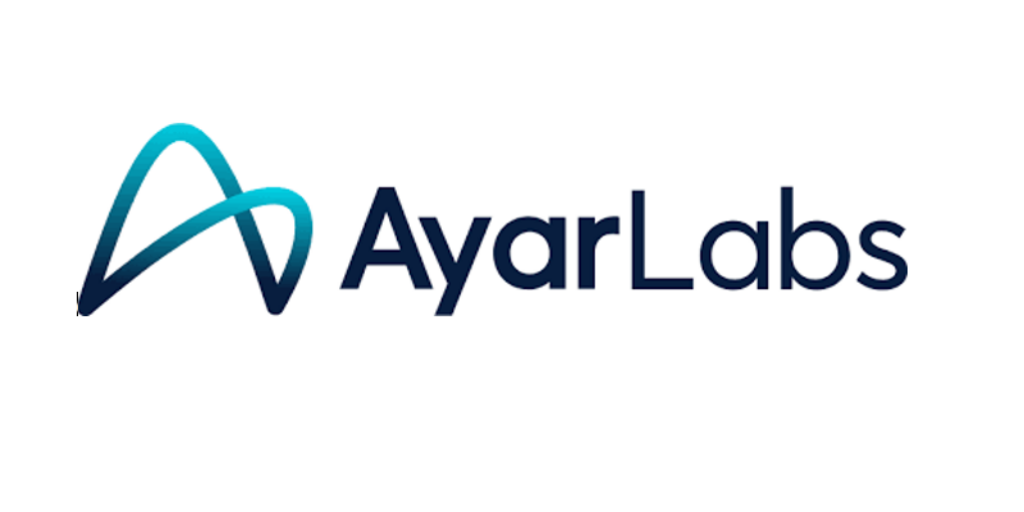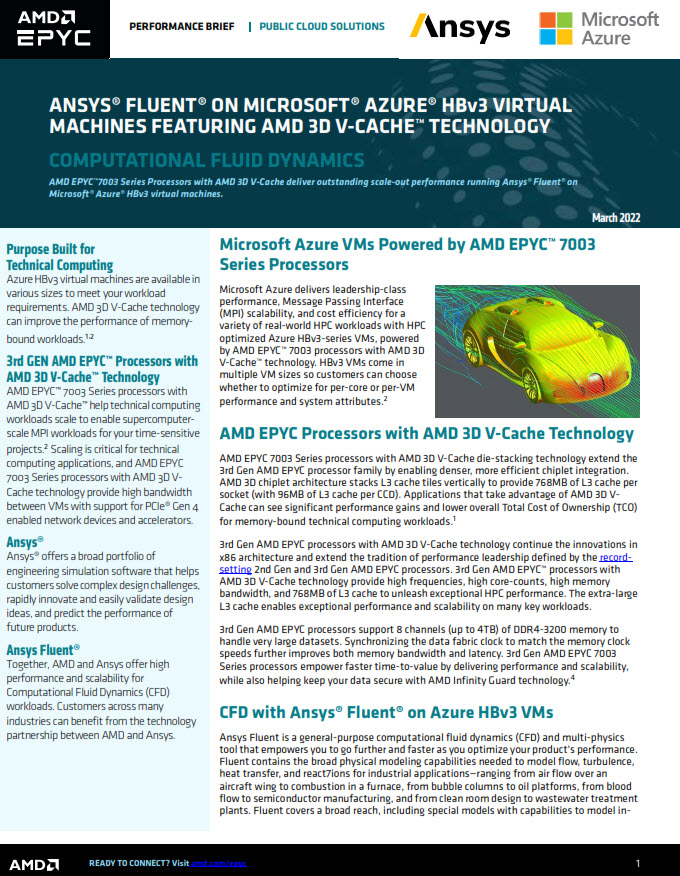Aug. 8, 2022 — Today, the Department of Energy’s Office of Science (SC) and DOE’s National Nuclear Security Administration (NNSA) announced the recipients of $8.3 million for 20 research projects in High-Energy Density Laboratory Plasmas (HEDLP). The list of projects can be found on the FES homepage under the heading “What’s New.”
The projects were selected by competitive peer review under the DOE Funding Opportunity Announcement for High-Energy-Density Laboratory Plasma Science. Total funding is $8.3 million for projects lasting up to three years in duration, with $6.6 million in Fiscal Year 2022 dollars and $1.7 million in outyear funding contingent on congressional appropriations.
The SC-NNSA Joint Program in High-Energy-Density Laboratory Plasmas was established to steward HEDLP science within the Department of Energy. HEDLP research is directed at exploring the behavior of matter at extreme conditions of temperature, density, and pressure, including laboratory astrophysics, planetary science, laser-plasma interactions, relativistic optics, plasma hydrodynamics, plasma atomic physics, and radiation transport.
“Our joint program is an excellent example of leveraging resources within the Department of Energy to advance discovery-driven science of interest to both SC and NNSA,” said James Van Dam, Associate Director of Science for Fusion Energy Sciences (FES). “Unlocking the mysteries of matter in extreme conditions will allow us to continue exploring a broad range of areas, including fusion energy-relevant technology and astrophysical phenomena.”
“It is very exciting to support research in high energy density science,” said Njema Frazier, Acting Assistant Deputy Administrator for Strategic Partnership Programs in NNSA. “This work will advance our understanding of hot, dense, high-pressure environments that exist on scales ranging from nuclei to galaxies.”
Projects funded in this announcement will explore plasma photonics, dynamic compression from quantum crystal to planets, magnetic reconnection, relativistic plasmas from ordered nanostructures, photoionized plasmas, bright laser-driven radiation sources, warm dense matter, and advanced diagnostics for inertial confinement fusion.



